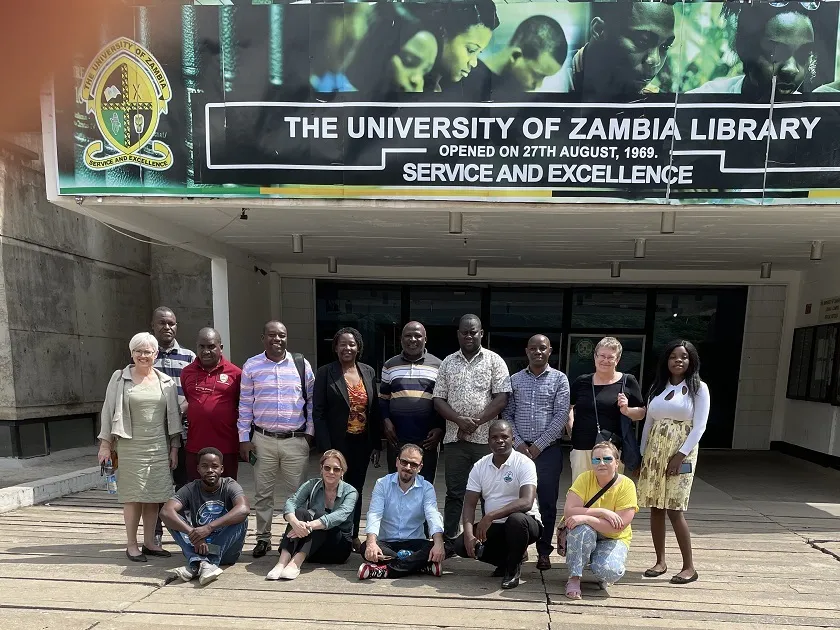Some thought had been given in the early 1950s to the establishment of a University college in Lusaka, but such proposals as there may have been abandoned in 1953 with the creation of the Federation of Rhodesia and Nyasaland and the related political decision to establish a University college in Salisbury (now Harare). Almost ten years passed before the question of a University for the then Northern Rhodesia was formally re-opened.
This was done by the government which came into power in December 1962, and which for the first time consisted of a majority from the two nationalist parties, the United National Independence Party and the African National Congress. In March 1963, this Government appointed a Commission under the Chairmanship of Sir John Lockwood, a former Vice-Chancellor of the University of London, to advise on the development of a University. In its report, which was submitted in November 1963, the Lockwood Commission unanimously recommended the establishment of a University in Lusaka.

In January 1964, the Government signified that it accepted the recommendations of the Lockwood Commission and within four months there was an inaugural meeting of the Provisional Council of the University, the body charged with bringing the University into being.
In July 1964, the former Rhodes-Livingstone Institute, a research institute with an international reputation for scholarly research and publications in the field of social anthropology dating back to 1938, came under the jurisdiction of the Provisional Council. In July 1965, Dr. D.G. Anglin, of Carleton University in Canada, was appointed as Vice-Chancellor. A month later, the Oppenheimer College of Social Service was incorporated into the University at a time when extensive additions to its premises in John Mbita Road, in the Ridgeway area of Lusaka, were already well underway.
In October 1965, His Excellency the President of the Republic of Zambia gave his assent to Act Number 66 of 1965, and its commencement on 12 November 1965 of the same year brought the University of Zambia into legal existence.
Under a reconstituted Provisional Council, recruitment of staff had been proceeding apace against the deadline set for the first intake of students, namely 17 March 1966. On that day the first academic session commenced at the Ridgeway Campus.
The President, Dr. Kaunda was installed as Chancellor on 12 July 1966, in the presence of representatives of more than fifty other universities and some two thousand guests. The following day. The Chancellor laid the foundation stone for the University of Zambia on the Great East Road Campus.
